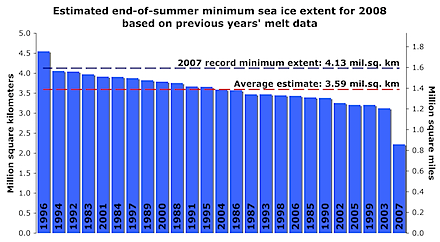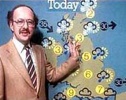 The Heartland Institute’s inclusion of five New Zealand scientists in a list of “500 Scientists with Documented Doubts of Man-Made Global Warming Scares” (title has since changed to “500 Scientists Whose Research Contradicts Man-Made Global Warming Scares” – PDF here) is even more bogus than I originally thought.
The Heartland Institute’s inclusion of five New Zealand scientists in a list of “500 Scientists with Documented Doubts of Man-Made Global Warming Scares” (title has since changed to “500 Scientists Whose Research Contradicts Man-Made Global Warming Scares” – PDF here) is even more bogus than I originally thought.
The list is the product of the fertile imaginations of Dennis Avery and Fred Singer, and is “derived primarily from the citations” in their recent book Unstoppable Global Warming—Every 1,500 Years. They say in the introduction:
The following list includes more than 500 qualified researchers, their home institutions, and the peer-reviewed studies they have published in professional journals providing historic and/or physical proxy evidence that:
1) Most of the recent global warming has been caused by a long, moderate, natural cycle rather than by the burning of fossil fuels… [There are six more items, but you can read them for yourself]
So how did Jim get in there? He sent me a copy of the offending paper – Southwest Pacific temperatures: trends in maximum and minimum temperatures, Atmospheric Research 37 (1995) (copy here). It’s interesting enough, but not exactly earth-shattering. As the title suggests, it uses a then new data set for SW Pacific temperatures and looks for changes in maximum and minimum daily temperatures in the region. The paper states “Increases in concentrations of greenhouse gases and changes in cloudiness could be plausible mechanisms for the overall increase in both daily maximum and minimum temperatures.”
Avery and Singer list the paper in their first section, “studies finding evidence of the climate cycle”. Now I’ve read the paper in some detail, and I can’t find any reference to a 1,500 year cycle, or indeed a cycle of any kind. Perhaps Avery & Singer included it because Jim rides a bicycle?
In other words, the use of Salinger’s paper to support Avery & Singer’s hypothesis is entirely bogus. It’s scientific fraud, unethical, and just another example of how Heartland are prepared to encourage people to distort the truth in support of their political objectives. I hope Heartland’s apologists in New Zealand, the NZ Climate “Science” Coalition will share my outrage, and demand that Bast and co remove Salinger from the list immediately.
But I’m not holding my breath.





